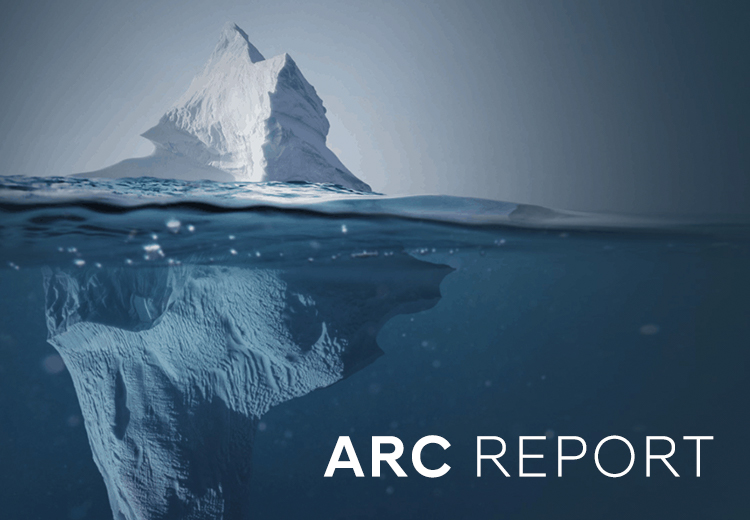This weekend the new James Bond film, No Time to Die, premieres in the US after being delayed by more than a year due to the pandemic. This is the 27th film in the James Bond series, attracting a global audience that has previously earned more than $7 billion at the box office since the first film in 1963.
One of the signatures of 007 (that’s Bond’s code name, not a reference to what seems like the current default rate) is his fondness for martinis prepared in a specific manner: “shaken, not stirred”.
In some ways, “shaken, not stirred” also reflects today’s markets —shaken, but not stirred by the pandemic.
This market strength has created another “this, not that” phrase for companies: “Transformation, not restructuring”.
Transformation
For many companies, the way forward is now transformation, not restructuring. After managing through the pandemic to new “normal” operations, there is a drive for some companies to break free of the constraints of their capital structures and grow: to transform. These transformers are where the action is today for many savvy investors, activists, advisors and directors.
What exactly is being transformed? The candidates for transformation usually include people (who, how and where they work), business processes, technology and other operationally-related items.
To be a really great Transformer (like the one on the iceberg), consider ways to create organizational change beyond the merely incremental – “think bigger” in order to uncover new opportunities for growth and access to new capital.
Here are some examples of how business transformation and financing can interact.
- As supply chains become longer, higher inventory levels may be required along with the needs for additional working capital financing. Can a de-risked supply chain be transformed into a long term supply contract with new terms from the customers who demand certainty?
- Business process improvement initiatives that involve reduction in waste, energy, or water may also be consistent with environmental sustainability and could enable access to new funding sources. Can bolder process improvements be achieved by crafting the transformation to align with environmental sustainability and thereby open the door to new funding sources?
- Digital transformation of a businesses can involve significant upfront costs for technology but can also position the company to require less office space and personnel, greater scalability and other economic advantages that could bring in new capital. Can the digital transformation be funded using these cost savings?
- Some large companies are focusing on the environmental issues of their supply chains (Scope 3 emissions). Suppliers aligning with the zero net carbon emissions objectives of their major customers may have an opportunity to grow market share and obtain new financing.
- “Temporary” changes from the pandemic may enable disruptive innovation and pave a path towards new capital sources.
The ARC Report is HERE (Abridged version)
This is just the tip of the iceberg!
Happy Transformation and see you at the movies!

Steven Strom
Managing Director, Odinbrook Global Advisors
Want to receive email updates when a new ARC report has been posted? Sign up today.

